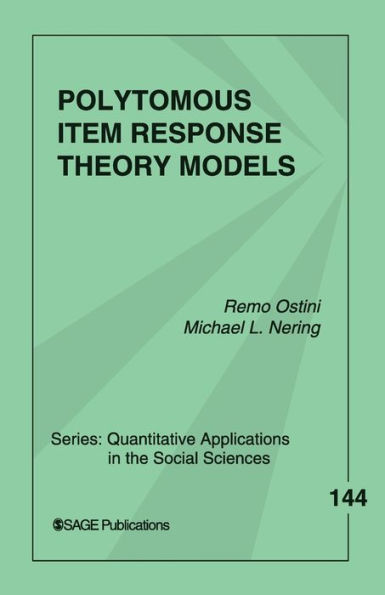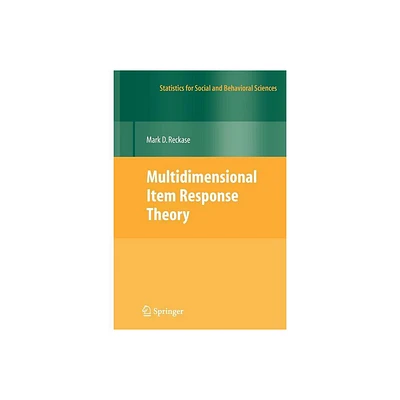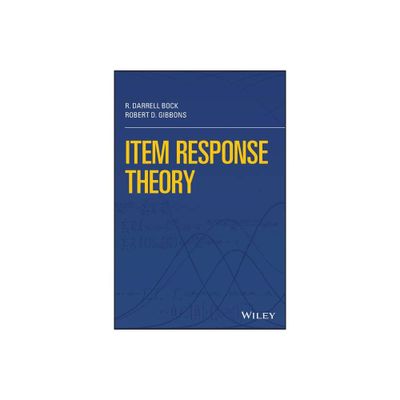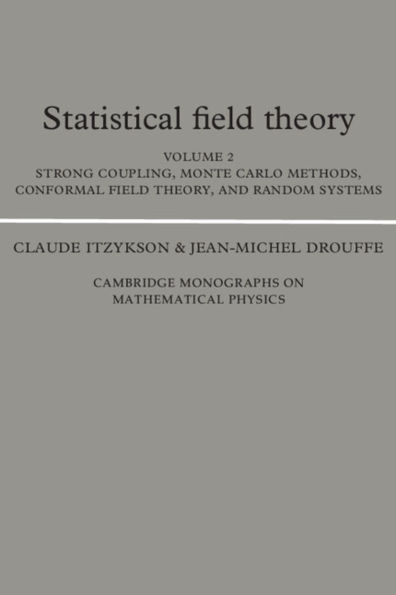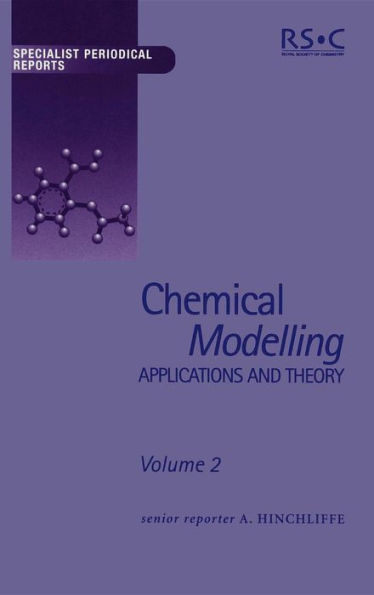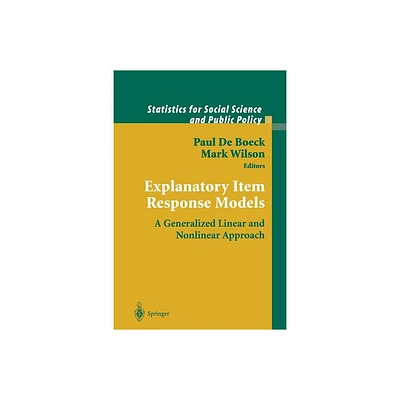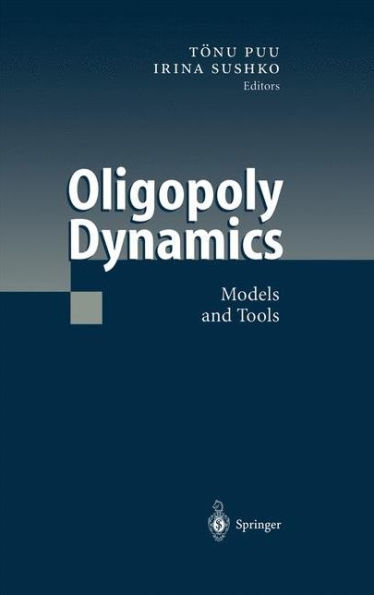Home
Handbook of Item Response Theory: Volume 2: Statistical Tools / Edition 1
Loading Inventory...
Barnes and Noble
Handbook of Item Response Theory: Volume 2: Statistical Tools / Edition 1
Current price: $82.99


Barnes and Noble
Handbook of Item Response Theory: Volume 2: Statistical Tools / Edition 1
Current price: $82.99
Loading Inventory...
Size: OS
*Product Information may vary - to confirm product availability, pricing, and additional information please contact Barnes and Noble
Drawing on the work of internationally acclaimed experts in the field,
Handbook of Item Response Theory, Volume Two: Statistical Tools
presents classical and modern statistical tools used in item response theory (IRT). While IRT heavily depends on the use of statistical tools for handling its models and applications, systematic introductions and reviews that emphasize their relevance to IRT are hardly found in the statistical literature. This second volume in a three-volume set fills this void.
Volume Two
covers common probability distributions, the issue of models with both intentional and nuisance parameters, the use of information criteria, methods for dealing with missing data, and model identification issues. It also addresses recent developments in parameter estimation and model fit and comparison, such as Bayesian approaches, specifically Markov chain Monte Carlo (MCMC) methods.
Handbook of Item Response Theory, Volume Two: Statistical Tools
presents classical and modern statistical tools used in item response theory (IRT). While IRT heavily depends on the use of statistical tools for handling its models and applications, systematic introductions and reviews that emphasize their relevance to IRT are hardly found in the statistical literature. This second volume in a three-volume set fills this void.
Volume Two
covers common probability distributions, the issue of models with both intentional and nuisance parameters, the use of information criteria, methods for dealing with missing data, and model identification issues. It also addresses recent developments in parameter estimation and model fit and comparison, such as Bayesian approaches, specifically Markov chain Monte Carlo (MCMC) methods.
